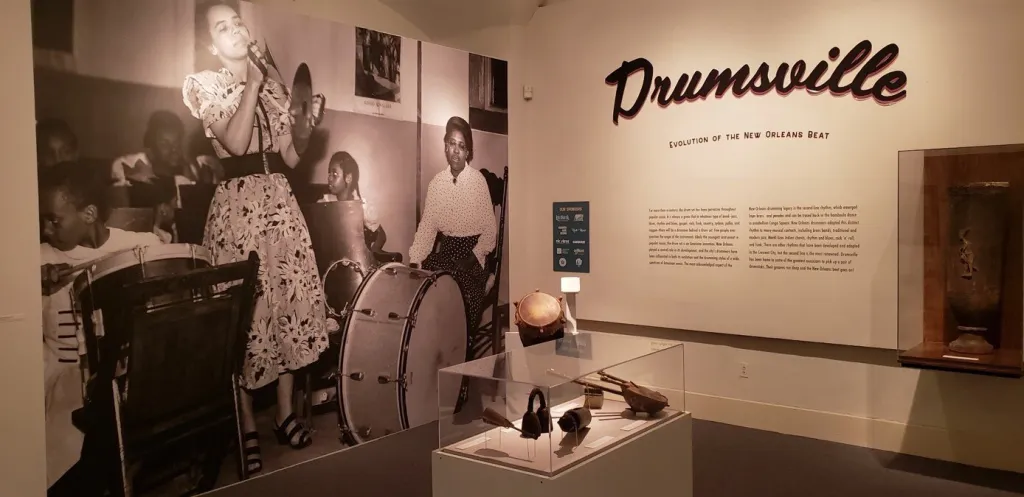Ten institutions that make up the Louisiana State Museums system are at risk of losing accreditation with the American Alliance of Museums (AAM), according to a report in The Art Newspaper. The system was last accredited in 2011, and a decision on its future status will reportedly be issued sometime next year.
AAM accreditation, per the organization’s website, “offers high profile, peer-based validation of your museum’s operations and impact” and helps in terms of “credibility and value to funders, policy makers, insurers, community, and peers.” Decisions regarding the status are made with two questions in mind: 1) “How well does the museum achieve its stated mission and goals?” and 2) “How well does the museum’s performance meet standards and best practices as they are generally understood in the museum field, as appropriate to its circumstances?”
The Louisiana State Museums system, which is overseen by the state’s lieutenant governor, includes the New Orleans Jazz Museum at the Old U.S. Mint, the Capitol Museum, the Louisiana Civil Rights Museum, and other historic sites and institutions.
A 2023 audit of the system discovered, according to The Art Newspaper (TAN), “a poor work culture and persistent conflation of political and public interests by the entities charged with its oversight and management.” The audit reportedly further cited “low morale and high turnover among its employees, poor record-keeping, a lack of public transparency, and a failure to maintain a strategic plan or a detailed budget.”
Rebecca Mackie, the acting director of Louisiana State Museums since leaving the National WWII Museum in New Orleans last year, recently instituted an internal code of ethics but has also “acknowledged budget errors and the continued turnover of staff,” according to TAN.
“Politics are what politics will be,” Mackie told TAN. “And as long as there’s a state museum system that is part of state government, politics will always be a part of it. The challenge is going to be to, as always, focus on what’s important for the collection and making sure that the people have access to this history.”
